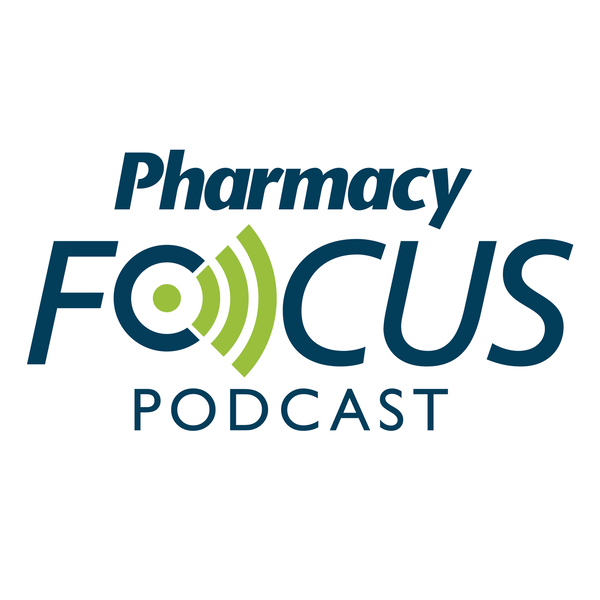Publication
Article
Specialty Pharmacy Times
Managed Care Biologics and Injectables
Author(s):
Payer response to new entrants to the multiple sclerosis (MS) market is mixed as some believe that there remain meaningful, major unmet needs in the MS category, according to The Zitter Group's Spring 2011 Managed Care Biologics and Injectables Index.
Payer response to new entrants to the multiple sclerosis (MS) market is mixed as some believe that there remain meaningful, major unmet needs in the MS category, according to The Zitter Group's Spring 2011 Managed Care Biologics and Injectables Index.
PAYER RESPONSE TO NEW ENTRANTS
Despite the excitement surrounding Gilenya’s launch as the first oral therapy approved for the treatment of multiple sclerosis (MS), 49% of payers report that the launch has had little or no impact on their management of the category. Furthermore, of the payers who have already changed policies in response to Gilenya’s launch, 60% have instituted prior failure requirements before allowing access to Gilenya (Figure 1).
Similarly, 60% of payers indicated that the launch of Benlysta for the treatment of lupus will have little or no impact on management of the category. Moreover, 58% of payers do not plan to allow firstline access to Benlysta. A plurality of payers, however, intends to reevaluate prior authorization criteria for lupus in response to Benlysta’s launch.
These findings come from The Zitter Group’s Spring 2011 Managed Care Biologics and Injectables Index, a semiannual study surveying approximately 100 top payer decision makers, exploring a wide range of issues surrounding payer management of biologics and injectables.
The specialty categories that continue to top payers’ priority lists are high-cost, high-prevalence categories with multiple treatment options—rheumatoid arthritis (RA), human growth hormones (hGH), and multiple sclerosis (MS). The top 3 specialty/biologic drugs that will represent the highest management priorities for payers over the next 5 years are the RA drugs Enbrel, Remicade, and Humira, respectively. MS therapies Gilenya and Copaxone round out the top 5 drugs. Sixty-six percent of payers believe there remains meaningful or major unmet need in the MS category. This number is lower for RA (52%), but a mere 3% of payers believe there to be remaining unmet need for hGH.
Although payer management priority of the MS category has been steadily rising over the past 2 years, the launch of Gilenya did not result in a significant priority increase for the category. The approval of Botox for chronic migraines, however, significantly increased payer management priority of the neurotoxin category.
ANTICIPATED IMPACT OF BIOSIMILARS
Payers anticipate biosimilars will enter the specialty landscape in 2 to 3 years, with more than 60% of payers expecting a tangible impact on utilization within 1 to 3 years of entry. Half of payers anticipate biosimilar entry at an 11% to 20% discount, while a plurality expects only a 1% to 10% discount of competing branded agents. Sixty-three percent of payers plan to continue contracting for a preferred agent following the entry of biosimilars.
Twenty-two percent of payers intend to require that existing patients step back through a new biosimilar before continuing use of the original branded agent. Less aggressively, 36% of payers plan to institute a switching program to encourage existing patients on branded therapies to switch to the biosimilar (Figure 2).
PAYER RESPONSE TO MANUFACTURER COUPONING
A majority of payers feels that manufacturer couponing has increased branded utilization. The use of manufacturer coupons remains difficult for payers to track, especially for therapies on the medical benefit. However, statistically significantly more payers than 1 year ago claim at least some visibility into the use of manufacturer coupons for therapies covered on the pharmacy benefit. Additionally, significantly more payers than 1 year ago plan to try to offset the use of manufacturer coupons, primarily by increasing the use of step edits against nonformulary drugs.
About the Authors
Lee Goldberg, senior manager of syndicated research at The Zitter Group, can be reached at lgoldberg@zitter.com and is based in Millburn, New Jersey.
Tracey Ryan, senior analyst at The Zitter Group, can be reached at tryan@zitter.com and is also based in Millburn, New Jersey.







